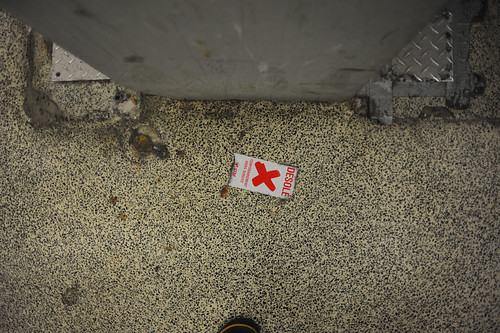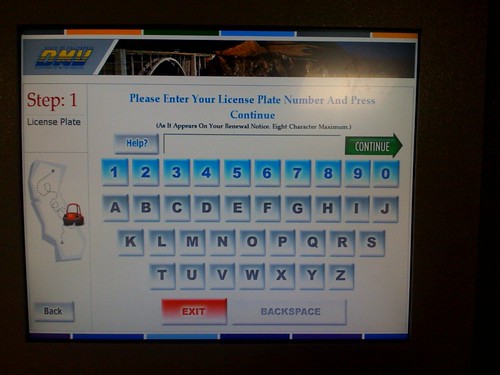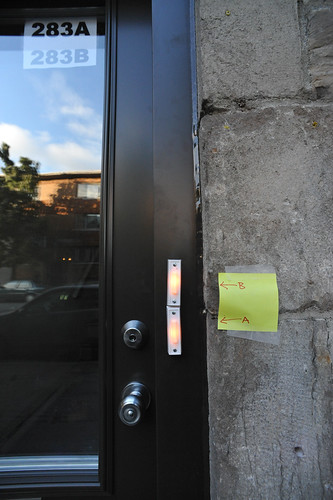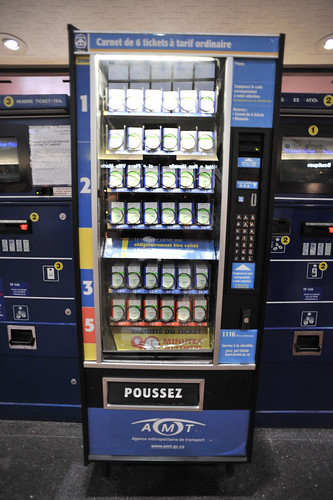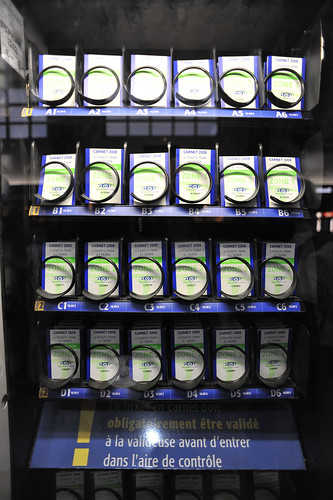
Design Engaged 2008 winds down with a series of quite enjoyable “wrap-up” presentations from some real-world adventures amongst four groups who went out into the field yesterday after the last of the presentations on Saturday. Thanks to everyone and especially Andrew, Boris, Mouna, and Jenn for their hard work and especially for the invitation! Now we wait for Ben’s wrap-up presentation with some discussion.
In the meantime, I’ll quickly post the slides from my really, really early-days presentation called “Design Fiction” where I look at various kinds of prototyping as kinds of prop-making whereby objects are speculations and “conversation pieces” helping to craft and author stories about what the world could be like. This work reaches back to my dissertation, or a chapter of it, where I investigate the role that special-effects play, particularly in sci-fi film, in heping create a convincing story. It goes deeper though — there’s a precedent for film props to be quite slippery in their cultural power, with the props serving as conduits between the “laboratory” and the “set” as locales of meaning-making.
Design is a kind of authoring practice (but different in important ways that have yet to be worked out in my mind from writing words on paper — writing is not the same as what design does when working with material, and the histories and specifics of the practices are quite distinct), crafting material visions of different kinds of possible worlds. Design’s various ways of articulating ideas in material to create social objects and experiences can be seen as a kind of practice close to writing fiction. This is a presentation about the relationship between design, science fiction and the material elements that help tell visual stories about the future — props and special effects. The questions here are this: How does design participate in shaping possible near future worlds? How does the integration of story telling, technology, art and design provide opportunities to re-imagine how the world may be in the future?
What are the ways we imagine and represent the near future? How can we use design and designed artifacts of various sorts to shift our representations of the future to encompass multiple futures? How can design become the prop-making craft for hopefully more habitable, sustainable near-future worlds?
Continue reading Design Fiction @ Design Engaged 2008

